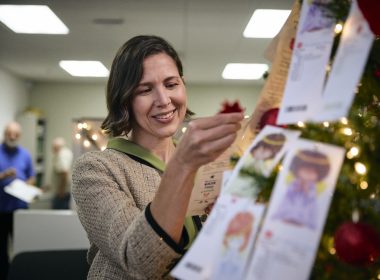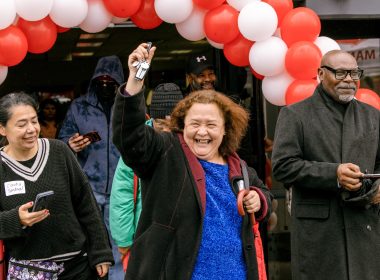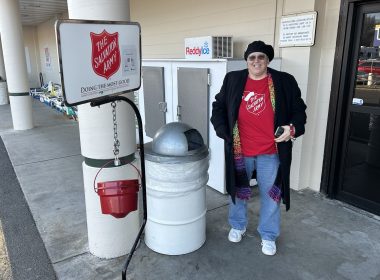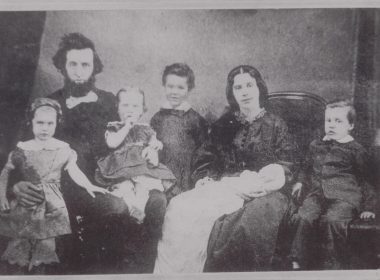by Sherry McWhorter, Capt. and Carol Seiler, Major –
The Alaska Division is interested in helping kids succeed. Focusing on the Search Institute’s 40 “developmental assets,” officers and employees gathered recently for two days of intensive workshops, where participants learned techniques and activities to help kids and families build on their strengths.
“Developmental assets” are building blocks of development that help young people grow up healthy, caring, and responsible for themselves and their communities. These include: the value of constructive and creative use of time, the commitment to learning, supporting families, providing meaningful contribution for youth, instilling values and the ability to resist negative pressures, and having a sense of purpose for one’s life. These are all elements of good youth programming, of good relational work, of building resilience in young people as they grow and mature.
The other important element for the busy corps officer and youth leaders is that building assets can be done without further time or locations or money. They can be incorporated in the way leaders plan and connect with young people. These assets can encourage leaders who may wonder if their efforts are worthwhile. The research has shown that the investment in youth decreases the chance of destructive choices. The framework of the 40 assets gives youth leaders a way to be thoughtful in what is planned for each young person, whether the group is large or small.
Too often, we attend to problems – substance abuse, delinquency, child abuse, school failure. But every kid, every family, every community has strengths. The Alaska Division hopes to shift attention from problems to assets, to build on strengths and opportunities rather than trying to “fix” problems and people.
The take home lessons related to developmental assets and the corps seem to be primarily that: 1. There are many developmental assets that Salvation Army youth programs intuitively address but need more deliberate planning, and 2. We are being given a community based language that gives credit for things that are important to the church and that recognizes the value of the church’s role in the community, and in many instances can be used for funding requests.
Each corps in Alaska designed two measurable objectives with at least two action steps for each objective. During corps reviews, the corps will be challenged on their objectives and held accountable for the actions. Over the next several years, the corps should see a return on their assets investment in each community.










